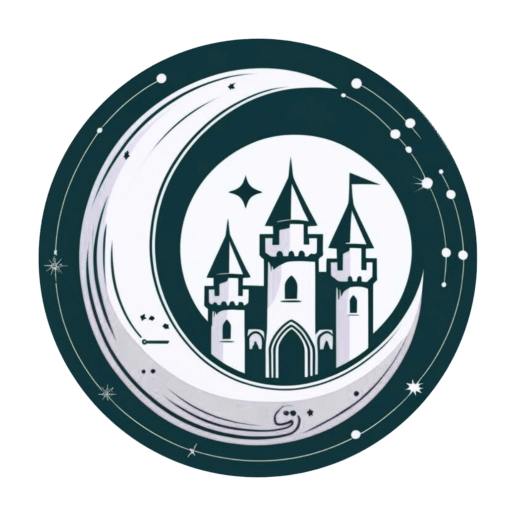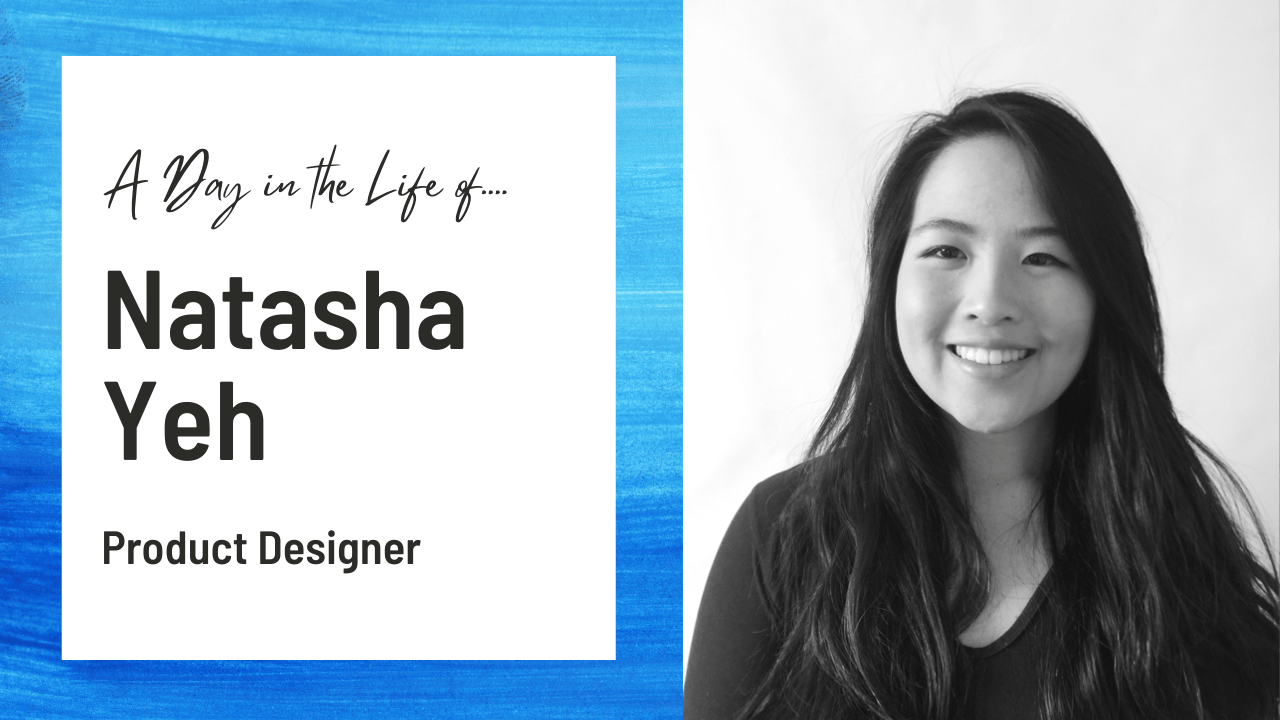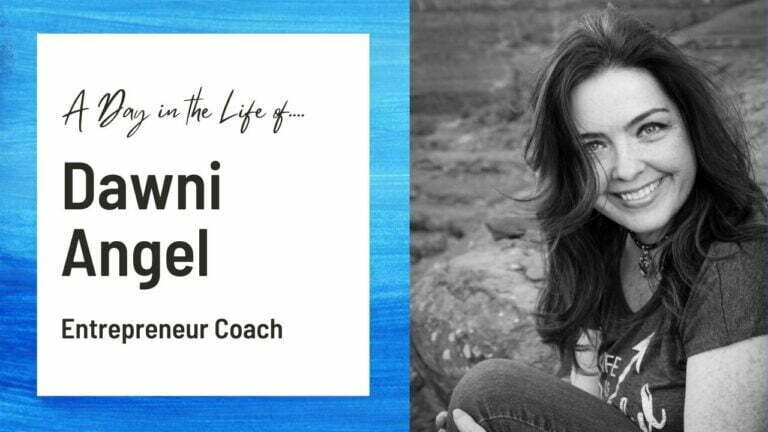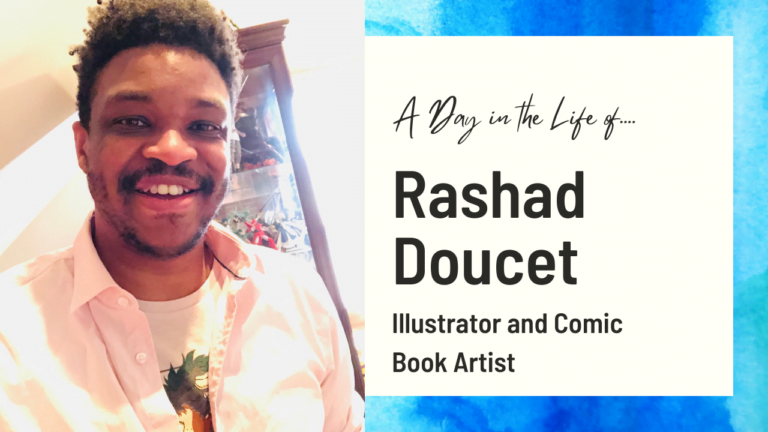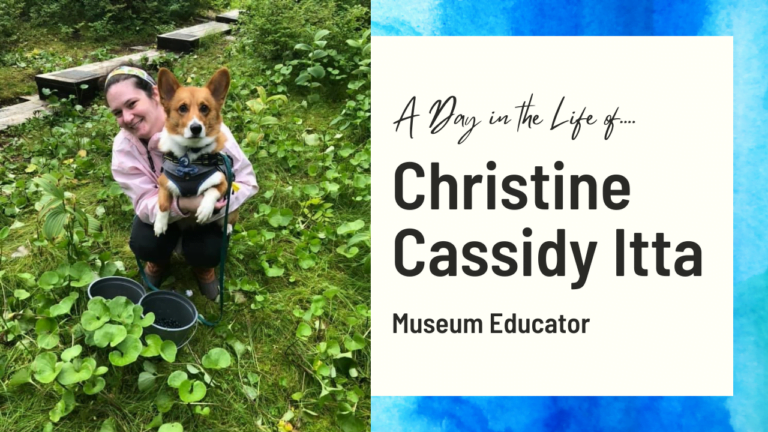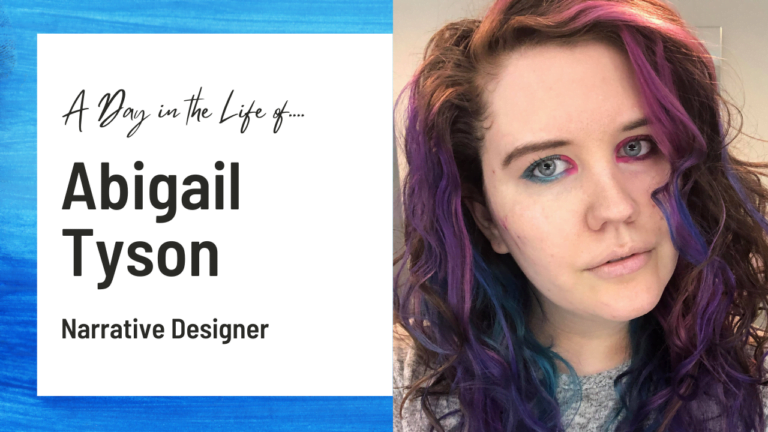Product designer or a UX designer? Insights from Natasha Yeh
Current Atlassian Product Designer Natasha Yeh began her career in illustration. Though it may seem like a stretch to think illustration would be helpful in the field of technology, Natasha doesn’t think so.
Her illustration skills and background help her tell the stories she needs to connect ideas, collaborate with her team and ultimately solve problems. Because, if you’re not solving customer’s problems, what’s the point?
In her episode of A Day in the Life, Natasha talks about researching salary ranges and finding a company that feels like the “right fit.”
Though Atlassian is an Australian company which means she doesn’t share the same calendar as the rest of her team – their Monday is her Sunday – the culture and energy is exactly what she was searching for.
Like many of us, Natasha has picked up some new hobbies such as growing plants during the pandemic as well as rediscovered some old ones like illustration.
You definitely won’t want to miss her recommendation for an HBO series based on San Francisco’s Chinatown during the California Goldrush of the 1800s. For Natasha, it was particularly meaningful given her ancestry.
The background of an Atlassian product designer
Natasha Yeh is a talented product designer at Atlassian. When she was young, she dreamed of doing illustration for a living. She worked to make that a reality by attending art school.
Every school year, a sizable company would task the students with a product design challenge. The work Natasha submitted for Adidas was chosen and they bought the IP from her.
Working on this project nudged Natasha towards product design. She mentioned she enjoys the added level of complexity and research product design requires, as opposed to working as an illustrator only.
Natasha lives in the Bay Area, not too far from where she grew up. She enjoys hiking, cooking, reading, and streaming TV shows.
If Natasha isn’t pursuing one of her hobbies or creating awesome products, she’s looking for the best Taiwanese and Brazilian food in town with her mother.
What is a product designer?
In today’s world, product designers play a critical role in shaping the way we interact with technology and everyday objects. The gadget you use on a daily basis, like your phone, the specific model of your car, and even different softwares once lived in the minds of a product designer.
Product designers are the masterminds behind the design and functionality of the products we use. They ensure that the product not only looks good but also provides a seamless and enjoyable user experience.
Defining the role of a product designer
At its core, a product designer is a problem solver, a creative thinker, and a user advocate.
Their primary responsibility is to design products that meet the needs and desires of the market while aligning with the business goals of the company.
Product designers bridge the gap between art and engineering, combining aesthetics with functionality to create tangible or digital products that resonate with users.
The key responsibilities of a product designer
Product designers wear many hats and juggle a range of responsibilities to bring innovative products to life.
User research
Product designers start by understanding the product’s intended end-users.
They conduct extensive user research, which may involve surveys, interviews, observations, and data analysis.
The goal is to gain insights into user behaviors, preferences, pain points, and needs.
Ideation and conceptualization
Armed with user insights, product designers brainstorm and create design concepts.
They generate ideas and concepts for products that address specific problems and enhance the overall user experience.
Prototyping and testing
Designers build prototypes to visualize their ideas.
These prototypes can be low-fidelity sketches or high-fidelity interactive models.
They are tested with users to gather feedback and iterate on the design.
Collaboration
Product designers work cross-functionally and with a wide range of 3rd party professionals to ensure product success.
UI (User Interface) design
Product designers focus on the actual product.
This can include designing layouts and forms, selecting colors, typography, certain hardware components, and more.
UX (User Experience) design
User experience is at the heart of a product designer’s role.
They design the overall user journey, ensuring that every interaction solves the market’s core pain points.
Problem solving
Product designers are natural problem solvers.
They identify design challenges and find innovative solutions to make products more user-friendly and effective.
What is a UX designer?
In the realm of design, the user experience (UX) designer plays a huge role in ensuring that end-users enjoy seamless product experiences.
They are the architects behind the digital interfaces and products that we interact with daily.
Demystifying the role of a UX designer
A UX designer is, at its core, a user advocate and an experience creator.
UX designers focus on enhancing user satisfaction by improving the usability, accessibility, and interaction between users and digital products.
They ensure that the end-users can navigate through websites, apps, and interfaces effortlessly.
Key responsibilities of a UX designer
UX designers have a wide range of responsibilities.
User research
UX designers conduct comprehensive user research to understand user behaviors, preferences, and pain points.
Like product designers, they rely on methods such as surveys, interviews, usability testing, and data analysis to gain valuable insights.
User personas and journey maps
UX designers spend a good amount of time creating user personas and journey maps to visualize and understand their target audience.
This enables them to create a personalized and effective user experience.
Wireframing and prototyping
Designers develop wireframes and prototypes to plan the layout and functionality of digital interfaces.
These wireframes serve as the blueprints for the final product.
UI design
While UX designers primarily focus on the overall user experience, they often collaborate with user interface (UI) designers to create visually appealing and interactive elements within the product.
Usability testing
Continual testing and user feedback are integral to the UX design process.
Designers consistently gather insights from users’ interactions with the product to make improvements.
Collaboration
UX designers collaborate cross-functionally with product managers and developers to ensure that the design vision aligns with the final product.
Unlike product designers, UX designers largely work with the internal product team.
Accessibility and inclusivity
These designers ensure that the end product is accessible to all users, including those with disabilities.
Problem solving
Like their counterparts in product design, UX designers are adept problem solvers.
They identify design challenges and work creatively to overcome them.
Choosing the right field for you
Design is an expansive field, with various specializations and paths to pursue.
Both product design and UX design are exciting and impactful professions – but choosing the right one for you requires careful consideration.
To help you make an informed decision, let’s further refine the distinctions between these roles.
Understanding the Core Differences
Before making a decision, it’s crucial to understand the fundamental differences between product design and UX design.
Product Design
Product designers focus on creating the entire product experience. They are responsible for the overall design, appearance, and functionality of a product.
This role involves aspects of user interface (UI) design and often requires a broader skill set, encompassing visual design, coding or design software knowledge, and a strong understanding of the product’s user needs and business goals.
UX Design
UX designers, on the other hand, concentrate on enhancing the user experience. They prioritize the usability, accessibility, and interaction between users and a digital product.
While UX designers work closely with UI designers, their primary responsibility is to ensure that users can navigate through a product seamlessly.
This role is deeply rooted in empathy, user research, and creating meaningful interactions.
How do I choose between becoming a product designer vs a UX designer?
Take some time to reflect on your own skills and inclinations.
Are you passionate about creating beautiful, functional interfaces for products?
Do you enjoy working with software to create product prototypes?
If so, product design might be your calling.
If you’re hoping to add some spice to your design life and enjoy deep diving into psychology and user needs, then UX design could be a perfect fit.
UX design is all about understanding the customer, how they interact with your product, and how you can make it better – The work never stops.
Consider your long-term career goals too.
Product designers often have a more extensive skill set, which can lead to diverse career opportunities, including project management or even entrepreneurship.
Do you like collaborating with all sorts of different people, or do you prefer to keep your communications pretty tight?
Product designers often collaborate with a wide range of professionals to ensure product success, while UX designers closely cooperate with a company’s internal product team.
The interconnectedness of roles
As Natasha mentioned, for a lot of companies nowadays there is no real distinction between being a product designer or a UX designer.
Companies often seek professionals who can wear multiple hats and adapt to the evolving demands of the industry. The skills you acquire in either field can be transferable and complementary.
Ultimately, the choice between whether or not to pursue product design or UX design should align with your passions, strengths, and aspirations.
Whether you’re drawn to the visual and technical aspects of product design or the user-centric, research-driven world of UX design, both paths offer the prospect of a fulfilling career.
Take your time to explore your interests, gain experience, and continuously learn. Try out new projects, even if you feel you’re not qualified – If Natasha hadn’t submitted her product design for Adidas because she felt unqualified, she wouldn’t have found her calling.
Don’t forget about salary either — Whichever path you choose, ensure it fits your lifestyle.
Natasha provided some solid advice on the matter – If you have to make changes to your lifestyle to accept a position, that’s a red flag.
Conclusion
Both product and UX design offer potentially rewarding careers for those in search of a creative role.
As we’ve explored, product design involves crafting the entire product experience – blending visual aesthetics, functionality, and user needs.
On the other hand, UX design prioritizes the user’s journey, with a strong emphasis on research and customer-converting interactions.
Whether or not you choose the role of a product designer or a UX designer, your decision should align with your passion for either creating market-winning, functional products or deeply understanding user needs and behaviors.
Both fields offer opportunities for continuous learning and growth and the skills you learn are often transferable.
With the right mindset and dedication, you’ll be shaping the world for the better, one design at a time.
